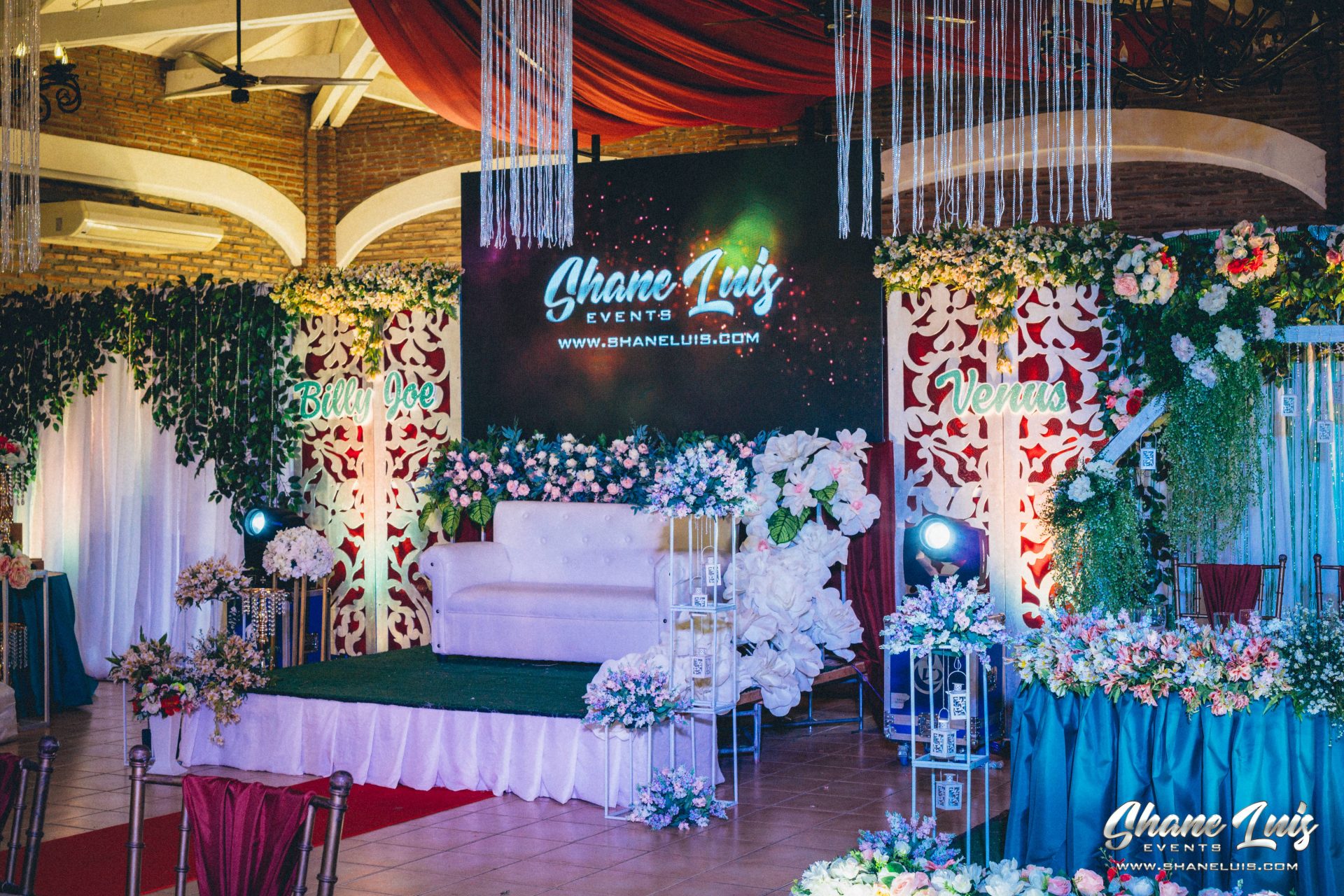
Classic screen technologies, like CRTs, have been present for many years. They were frequently used in TVs and PC monitors. However, CRTs have a limited duration, typically lasting around 10,000 to 20,000 hrs of use. This means that after a few of years, consumers may notice a deterioration in picture clarity, such as fading or color distortion. In comparison, LED panel panels can last considerably longer, frequently exceeding 50,000 hours. This extended duration means that users can experience consistent functionality without the requirement for frequent replacements.
Another crucial aspect to consider is energy conservation. LED panel panels utilize less energy than traditional displays, which not only benefits the ecosystem but also reduces electricity expenses. For example, while a CRT monitor may consume approximately 100 watts of energy, an LED screen can use as little as 30 to 50 watts. This discrepancy in power consumption contributes to the total durability of LED innovation, as reduced power usage generates minimal thermal energy. Excessive heat can damage electrical parts, leading to a shorter lifespan for conventional screens.
In furthermore to their longer lifespan and power efficiency, LED wall panels also provide enhanced visual quality. They provide brighter colors and improved differentiation, making them ideal for various uses, from marketing to educational presentations. The technology behind LED panels enables for a broader sight angle, meaning that images remain clear and vibrant even when viewed from the flank. This is a major benefit over conventional displays, which often suffer from color deformation and diminished luminosity at wider angles.
In conclusion, the durability of LED panel screens in contrast to traditional display technologies is a crucial factor for buyers to take into account. With lifespans that can surpass 50,000 hrs, power conservation, and superior image quality, LED technology provides many advantages. As innovation continues to progress, LED panel screens are probably to turn even more prevalent in various settings. Understanding these differences can help people and entities make better decisions when purchasing in screen check that innovation, ensuring they receive the best value for their requirements.